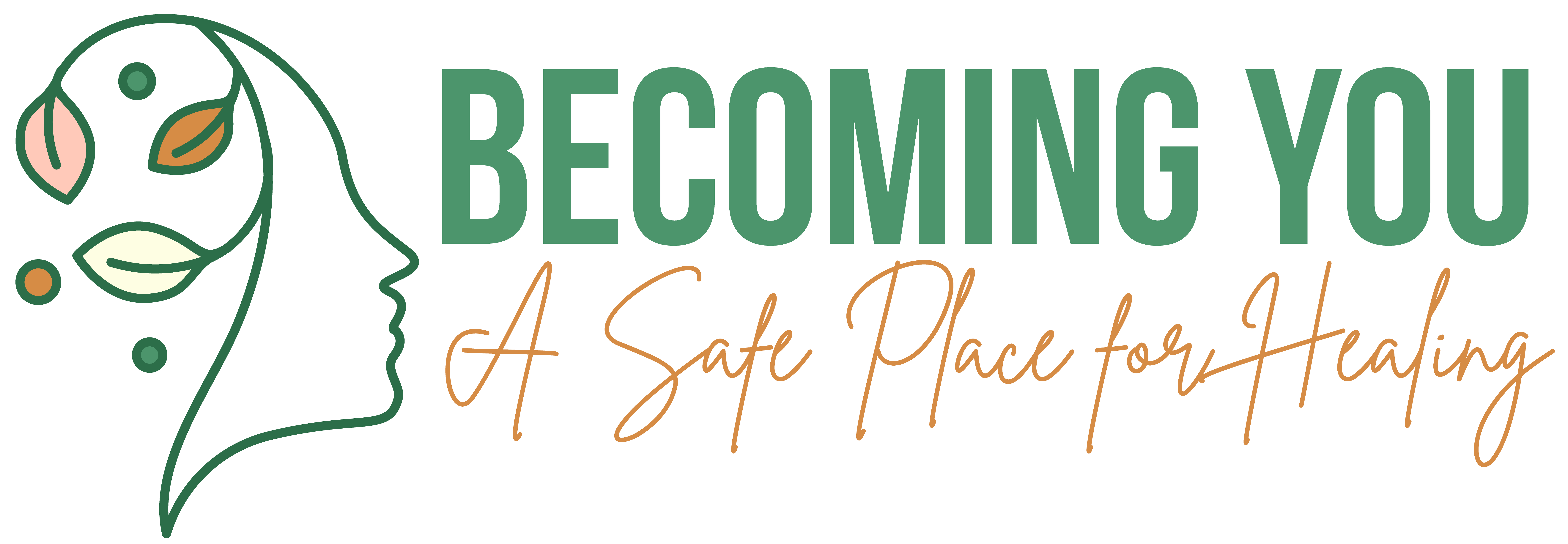Neuroplasticity refers to the brain’s ability to adapt and change in response to experiences and environmental factors. It involves the creation of new neural connections and the restructuring of existing ones.
What do we mean by that?
Imagine your brain as a hiking trail. Initially, the trail may be narrow and overgrown, representing the default connections in your brain. As you hike the trail repeatedly, it becomes well-worn and easier to make out in the dense forest. Over time, you clear shrubbery here and throw down wood slats there. You eventually create a formal path that can be easily navigated without much thought. This process represents the neural connections in your brain that strengthen through repetition and practice.
Now, imagine encountering an obstacle on the trail, such as a fallen tree or rocky terrain. You need to find a different path to continue your journey, thus repeating the process all over again. Just as the hiking path can be altered based on your needs and environmental factors, neuroplasticity allows your brain to refine its pathways. This makes it easier to learn, remember, and adapt to new situations or challenges.
During our first few years of life, neuroplasticity is particularly pronounced as the brain undergoes rapid development. This period is critical for acquiring foundational skills and knowledge, as the brain eagerly absorbs new information and forms countless neural connections. However, neuroplasticity is not confined to childhood.
Contrary to the long-held belief that the brain reaches a static state in adulthood, research has shown that it remains malleable and capable of change throughout our lives. Through a process called neurogenesis, the brain can even generate new neurons throughout all ages and stages of life.
What does this mean for us?
In general terms, it means we never lose the ability to learn, grow and sharpen our minds. The formation of new neurons suggests that the brain can adapt and rewire itself even in adulthood, potentially influencing learning, memory, and emotional regulation. The benefits of neuroplasticity are evident in a multitude of our day-to-day experiences. In the words of Ashley Jordan Ferira, Ph.D., RDN, “learning a new skill or string of words, recalling a new friend’s name, working out directions to arrive at your destination, and creative arts (creating music, dance, visual art, writing, etc.) are everyday examples of neuroplasticity and evidence of how wonderfully dynamic our brains are [1].”
But neuroplasticity is not only great news for anyone seeking personal growth, improved cognitive function or skill acquisition. It also offers a promising outlook for anyone looking to improve their mental health. By engaging in specific therapeutic interventions, we can rewire our brains to develop healthier thought patterns, emotional regulation strategies, and coping mechanisms. The National Institute of Mental Health acknowledges that neuroplasticity plays a crucial role in improving mental health conditions such as anxiety, depression, and addiction [2]. Dr. Bessel van der Kolk, a renowned trauma expert, also emphasizes the significance of neuroplasticity in trauma recovery, as the brain can rewire itself to process and heal from traumatic experiences [3].
So, how do we harness the power of neuroplasticity?
Perhaps unsurprisingly, in order to attain these extraordinary mental benefits, it is critical that we take care of ourselves physically. Regular physical activity promotes the release of growth factors and stimulates the production of new neurons, enhancing the brain’s ability to adapt and change. Quality sleep allows the brain to consolidate members and engage in critical repair and rejuvenation processes. A healthy diet helps to ensure that the brain receives the nutrients it needs to facilitate neuroplasticity.
In addition to these more obvious lifestyle choices, we can implement other strategies to enhance neuroplasticity, optimize cognitive function and promote an adaptable brain, such as:
- Engaging in activities that challenge the brain, such as solving puzzles and playing games
- Learning a new language
- Expanding vocabulary
- Introducing brain-supporting supplements, such as Kanna, Resveratrol, and Citicoline [4]
Our brains possess the extraordinary ability to adapt, rewire, and transform throughout our lives. By embracing this understanding, we can appreciate the immense power of our thoughts and beliefs in shaping our lives. Just as a hiker must forge a new path when faced with an obstacle, It is crucial to recognize that personal transformation begins with a willingness to change our thinking patterns. As neuroscientist Dr. Caroline Leaf once said, “Change in your thinking is essential to experiencing personal transformation [5].” And remember, it is never too late to start! By harnessing the potential of neuroplasticity, we can cultivate a resilient and adaptable mind, leading to profound personal growth and well-being at any age or stage of life.
Footnotes
[1] Rădulescu, I. et al. (2021) Neuroplasticity and depression: Rewiring the brain’s networks through Pharmacological therapy (review), Experimental and therapeutic medicine. Available at: https://www.ncbi.nlm.nih.gov/pmc/articles/PMC8383338/ (Accessed: 23 May 2023).
[2] Nunez, K. (2022) PSA: Rewiring your brain is vital for lifelong learning & happiness, mindbodygreen. Available at: https://www.mindbodygreen.com/articles/what-is-neuroplasticity (Accessed: 23 May 2023).
[3] Bessel van der Kolk MD (2021) Trauma Research Foundation. Available at: https://traumaresearchfoundation.org/programs/faculty/bessel-van-der-kolk/ (Accessed: 24 May 2023).
[4] Nunez, K. (2022b) This little-known plant promotes stress resilience, Mood Support & More, mindbodygreen. Available at: https://www.mindbodygreen.com/articles/kanna-benefits (Accessed: 25 May 2023).
[5] Leaf, Dr.C. (2022) Neuroplasticity: What it is & how to harness its power for your benefit, Dr. Leaf. Available at: https://drleaf.com/blogs/news/neuroplasticity-what-it-is-how-to-harness-its-power-for-your-benefit (Accessed: 23 May 2023).



